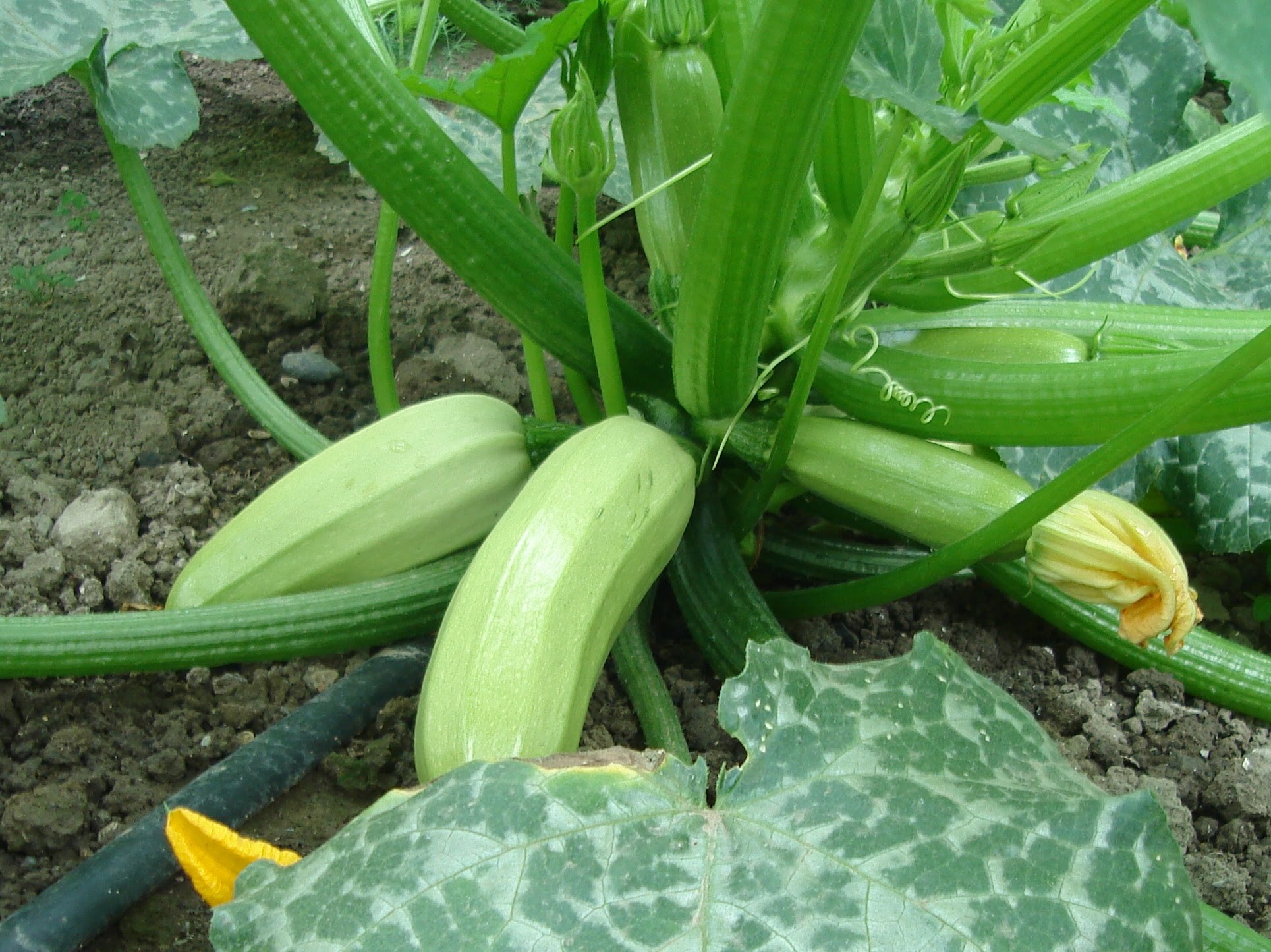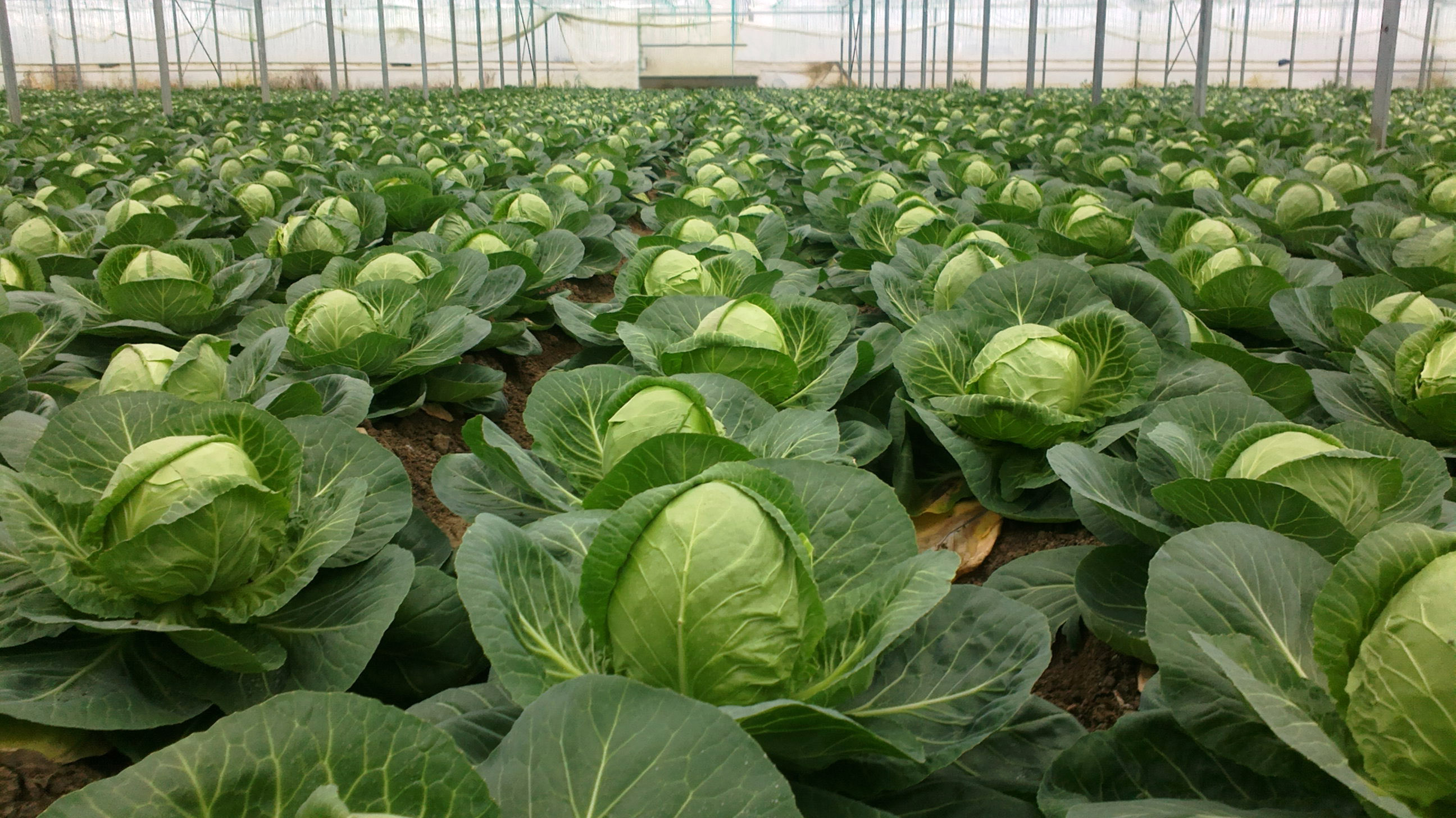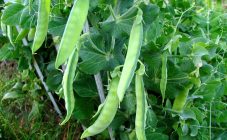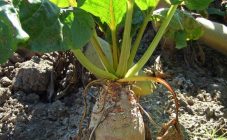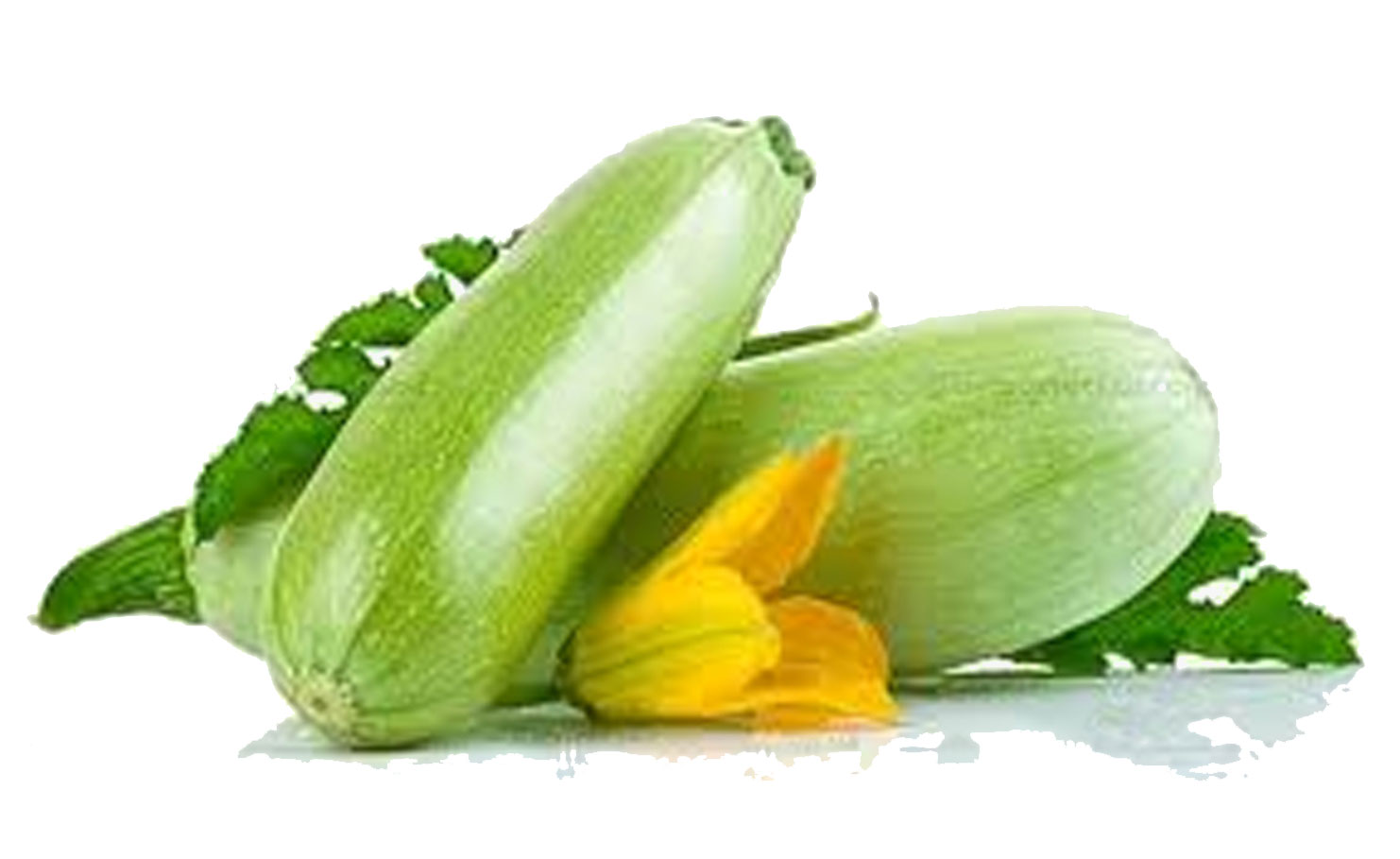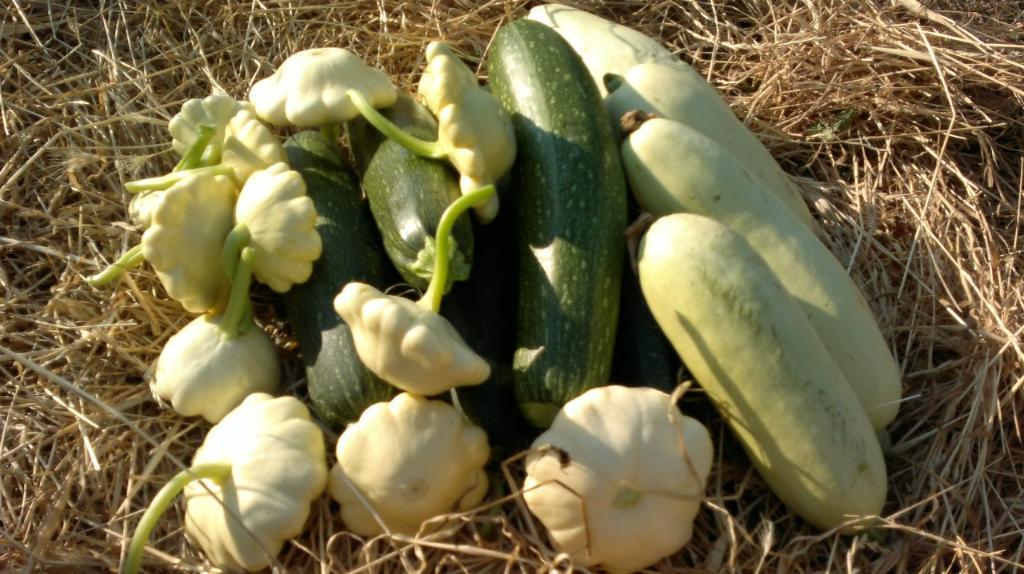Content:
With the right choice of the right variety, zucchini gives excellent yields, but you need to plant it in the right place and provide proper care. It is important to take care of the composition of the soil, and about suitable "neighbors", and about top dressing.
Conditions for growing zucchini
In order to harvest high yields of delicious zucchini during the season, it is important to plant them correctly, taking into account the requirements for growing conditions, which are presented below.
- The site should be sunny and well lit. It makes no sense to grow a crop in shaded areas - its yield drops sharply, the bushes give a lot of barren flowers (male flowers) in which the fruits are not tied.
- Zucchini is a heat-loving vegetable, for rapid growth and development it needs an air temperature of about + 20 ° C. At low temperatures, the fruiting of the culture worsens, the fruits grow slowly.
- Watering should be regular: during active growth, it is enough to pour out about 2 liters. water once a week, and when fruiting, their frequency is increased to 3 times a week.
- The structure of the soil plays an important role. It should be lightweight, loose, breathable. On heavy clay soils, it is possible to cultivate a crop only on high fill beds.
- The acidity of the soil also has a certain value - ideally, it should be close to neutral. Sour soil needs to be deoxidized with lime, but this operation should be carried out exclusively in the fall, since this vegetable does not tolerate fresh liming.
- Zucchini place high demands on the nitrogen content of the soil. It is this element that they consume in large quantities throughout their entire life cycle.
In addition to the above requirements, when choosing a planting site for this vegetable, one should take into account which culture grew on this site last season.
What is crop rotation
Crop rotation is the annual change of crops growing in the garden. This rule of agricultural technology is very important for increasing soil fertility, crop yields, as well as reducing soil erosion, the number of weeds, the risk of infection by overwintered pests and diseases.
The soil after the zucchini becomes poorer and depletes at a shallow depth, since the root system of these plants lies quite close to the surface of the earth (about 40 cm) and grows in width. Therefore, after them it is worth planting vegetables with a taproot system, which can extract nutrients from deeper layers of the soil. This consumption of nutrients is considered the most rational.
In addition, during the season, harmful microorganisms can accumulate in the soil, which infect zucchini when they are re-planted in the same place the next year.
Also, the culture is attacked by pests hibernating in the soil or plant debris - spider mites, melon aphids, etc. Many of them can not only dramatically reduce productivity, but also lead to the death of plants.
After what garden crops can and cannot be planted zucchini
All predecessors can be roughly divided into good, neutral and forbidden.The former improve the composition and structure of the soil, increase yields, the latter do not in any way affect the growth and development of the subsequent crop, and planting zucchini after the third can bring many problems and low yields.
After that, it is better to plant zucchini in the spring:
| Cabbage | Can you plant zucchini after cabbage? Of course yes. They belong to different families, do not have common pests. In addition, zucchini after cabbage will grow in a well-fertilized and loose soil. Early varieties of cabbage and cauliflower are considered the best predecessors, while late cabbage varieties are the worst ones. |
|---|---|
| Potatoes | Can you plant zucchini after potatoes? It is possible, if in advance, in the fall after harvesting the potatoes, to apply phosphorus and potassium-containing fertilizers - these two elements are consumed by the crop in large quantities during its life cycle. After harvesting, you need to collect and destroy the potato tops, in which pests can persist. |
| Pepper | As with all nightshade crops, pepper is considered a suitable precursor for Pumpkin seeds. However, its root system is at the same level. During the season, peppers suck out a large amount of nutrients from the soil, so after them you will have to fertilize the soil well, introduce microelements in a complex manner. |
| Garlic | After the garlic, it is recommended to plant zucchini, since it, due to the content of phytoncides, scares away various pests. Garlic is considered one of the universal crops, after which most crops can be planted. |
| Pumpkin | Pumpkin and zucchini belong to the same family, so it is not recommended to alternate their planting: they are affected by the same pests and diseases. Even if the pumpkin plantings were healthy, after them the squash is planted only after 3 years. |
| Beet | Beetroot is considered a neutral precursor and feeds from the lower layers of the soil. |
| Carrot | After carrots, a normal crop can be grown, since good air permeability and lightness of the soil will be ensured, although this vegetable does not belong to the best predecessors, since it does not introduce nutrients into the soil. Carrots consume them from the lower layers, while they are undemanding to nitrogen, they do not affect the composition of the soil. |
| Bow | Onions, like garlic, are considered one of the best predecessors, they disinfect the soil. |
| Greens | This group includes both spicy crops and leafy vegetables (for example, lettuce, Swiss chard). Greens are a good precursor to Pumpkin seeds. |
| Zucchini | Planting a crop in the same place contradicts the concept of crop rotation. On the previous bed, it can be grown only after 3-4 years. |
| Eggplant | It is the only vegetable in the Solanaceae family that, as a precursor, increases the yield of Pumpkin seeds. During the cultivation of eggplants, gardeners apply a large amount of various fertilizers, since the crops are demanding on the composition of the soil. Their surplus will serve as excellent nutrition for the next year. |
| Beans | Like all legumes, beans enrich the soil with nitrogen, with a sufficient amount of which, zucchini grow well and quickly, and also processes phosphorus into an easily digestible form. |
| A tomato | Tomatoes consume nitrogen in small quantities, so after growing the soil does not become poorer in this element. Their root system loosens the soil in the upper layers, so zucchini as a subsequent crop grows correctly and quickly. |
What to plant next year
After growing zucchini, the soil remains loose in structure, depleted in nitrogen only in the upper layers, nutrients at a depth of 0.4 m and below remain intact, therefore, crops with deeper roots or undemanding to the amount of nitrogen can be planted on the garden next season ... These include:
- root vegetables: carrots, radishes, beets;
- representatives of the nightshade family: eggplant, potatoes, bell peppers and tomatoes (provided that the zucchini were not affected by viral diseases during the season). For the first three, zucchini is a neutral predecessor, for the last - one of the best;
- all legumes that will restore the nitrogen level in the soil after growing zucchini;
- onion and garlic;
- cabbage - for this culture, zucchini is considered neutral;
- corn, the highest yield when planting after zucchini shows in the steppe zones.
Taking into account the rules of crop rotation is very important when growing garden crops. This helps to grow healthy, high-yielding plants that do not pose any of the problems of nutritional deficiencies, disease and pest infestations during the season.
